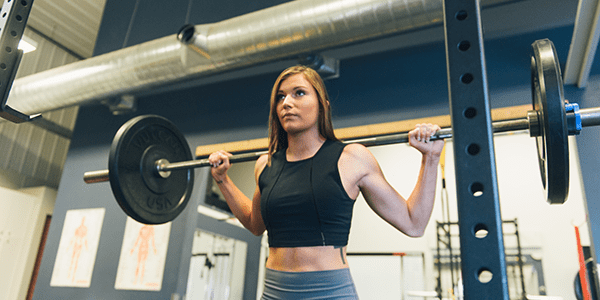
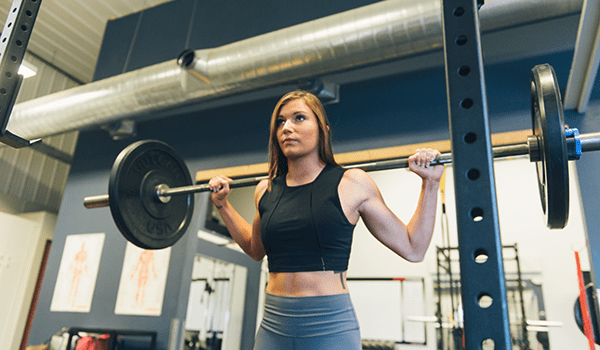
Exclusive: Is Strength Training Safe For Young Athletes?
LEVELUP INSIDERS April 30, 2018 SportStars 0

TOP IMAGE CREDIT: TrainerAcademy.Org
Smart Lifting:
In recent years, Olympic lifting has become more identifiable and accessible to the general public, and strength training safety has become more integrated in sports and rehabilitation programs.
The question that remains on many parents’ minds is, is strength training safe for young athletes?
The answer is yes.
With proper progression and coaching, muscular strength gains have been proven without any increase in risk of injury when using weightlifting movements (snatch, clean and jerk, cleans, pulls, and presses).
Strength training is not limited to just lifting weights.
It can include weight machines, elastic tubing, or body weight exercises.
It is important to understand prior to starting a program the risks, benefits, and guidelines.
Is strength training safe for young athletes: Risks…
The two main concerns that arise with strength training are based on case reports of epiphyseal plate fractures (growth plate injuries) and soft tissue injuries, specifically back injuries.
Sports and activities that have repetitive movements are more likely to have growth plate injuries because of the increase torque on the muscle tendon insertions on the bone.
In documented cases of injuries, the contributing factors were misuse of equipment, inappropriate weight, improper technique, lack of qualified adult supervision, poorly designed equipment and progressing programs too aggressively.
Poor technique faults can include ballistic (fast, repetitive, quick motions), compensations patterns, inadequate warm up, poor spotting, and improper form.
Supervised coaching for proper mechanics can correct these errors. It does not pose any higher risk for growth plate injuries than any other sport or activity.
The American Academy of Pediatrics, Orthopaedic Society for Sports Medicine, and National Strength and Conditioning Association have approved of safety of supervised strength training in adolescents that follow recommended guidelines and precautions.
The American Academy of Pediatrics recommends avoiding competitive Olympic-style weightlifting and powerlifting. Until the athlete reaches physical and skeletal maturity (typically after puberty).
No current research confirms risk for those younger athletes who wish to participate in Olympic or powerlifting.
However, due to the advanced nature of the lifts and the quick repetitive nature. The American Academy of Pediatrics recommends postponing until post-puberty. There is no minimal age requirement for general strength training.
But, it is recommended the athlete can be demonstrate maturity following directions.
It has adequate balance (developmentally usually ages 7-8). Certain cardiovascular and immune conditions can be contraindicated.
A patient should have physical examination by a medical provider for screening prior to starting a program.
What are the benefits?
Strength training can improve bone density, balance, cardiovascular risk profile, lean body mass. In addition, it can have psychological benefits of increasing an athlete’s self-esteem.
Strength and power can improve 30-50 percent after 8-12 weeks of training two times a week. There is carryover into motor skills, including long jump, vertical jump, 30-meter dash, squat jump and agility, that may enhance performance.
In addition, strength training can help prevent injuries. Several research studies have shown preseason conditioning programs that include plyometrics, weight training, and education on jumping mechanics decrease the risk for knee injuries significantly, especially in adolescent female athletes.
Strength Training Safe. Start by…
Teaching an athlete how to properly lift requires advanced knowledge on technique. Also form as well as a considerable amount of time to teach the mechanics.
It requires an understanding of how to progress these exercises from basic lifts. Such as a bodyweight squat to Olympic lifts like the snatch.
An athlete should start with bodyweight exercises for form and advance to machines. Or free weights once proper mechanics are achieved.
A physical therapist or athletic trainer at the Sports Medicine Center for Young Athletes can help offer a thorough assessment and training.
Carleen Baldwin is a physical therapist and certified strength and conditioning specialist for UCSF Benioff Children’s Hospital and its Sports Medicine For Young Athletes staff.
[bsa_pro_ad_space id=7]


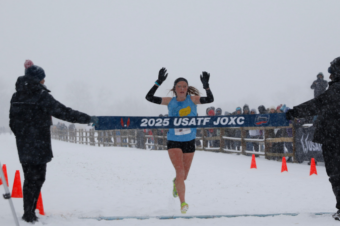
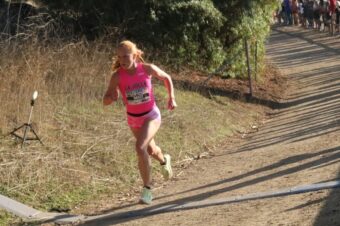
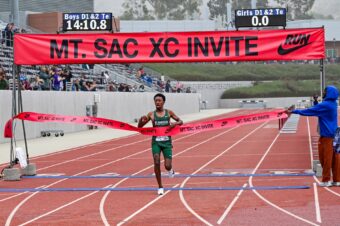




No comments so far.
Be first to leave comment below.